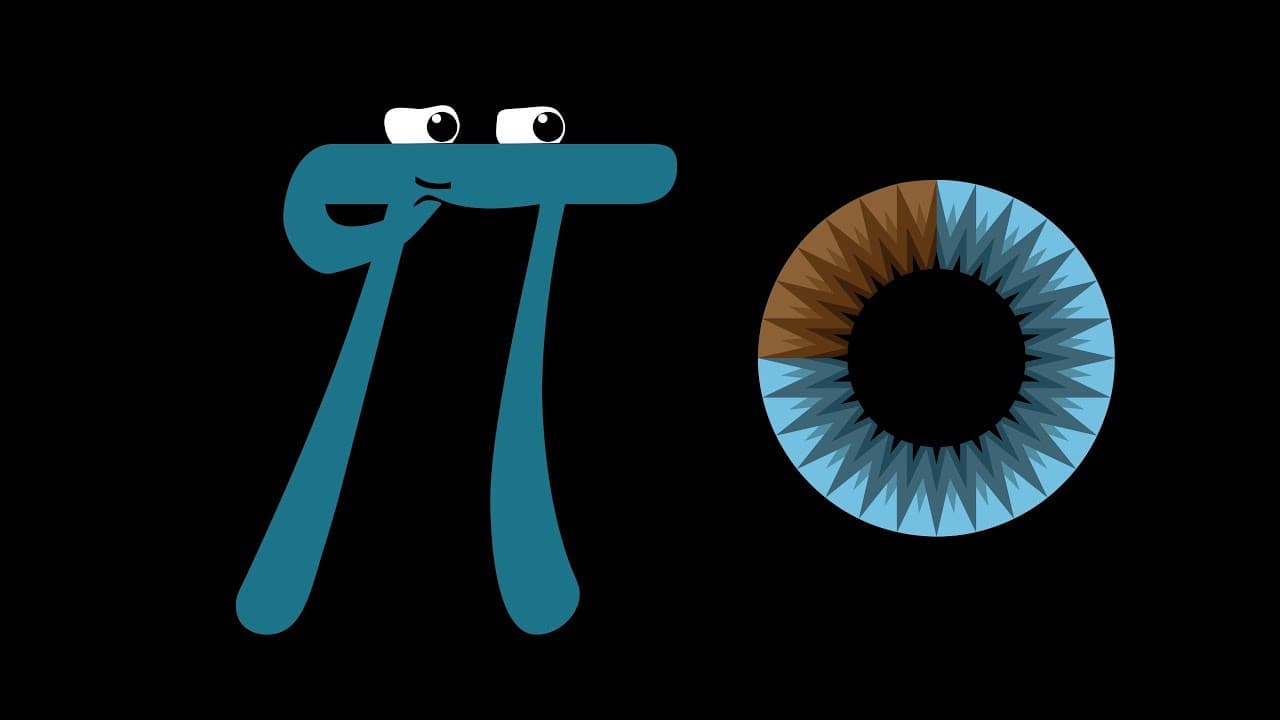
3Blue1Brown: Linear Transformations and Matrices - Chapter 3 Quiz
Created by Shiju P John · 10/11/2025
📚 Subject
Linear Algebra
🎓 Exam
Any
🗣 Language
English
🎯 Mode
Practice
🚀 Taken
3 times
No. of Questions
48
Availability
Free
📄 Description
This quiz rigorously tests your understanding of 2D linear transformations and their relationship to matrices, based on the foundational concepts presented in Chapter 3 of 3Blue1Brown's 'Essence of linear algebra' series. It covers visual interpretations of linearity, the role of basis vectors, matrix construction, matrix-vector multiplication as linear combinations, and the implications of various transformation types. Questions are designed to be challenging, requiring a deep conceptual and computational understanding of the topic.
Key Formulas and Concepts:
-
Definition of Linear Transformation (Visual):
-
All lines must remain lines without getting curved.
-
The origin must remain fixed in place.
(Implies grid lines remain parallel and evenly spaced.)
-
-
Definition of Linear Transformation (Algebraic): A transformation is linear if for all vectors and scalar :
-
Additivity:
-
Homogeneity/Scaling:
(A consequence of these properties is )
-
-
Representing 2D Linear Transformations with Matrices: A 2D linear transformation is completely described by where the standard basis vectors and land.
If and , then the transformation matrix is:
-
Matrix-Vector Multiplication as Linear Combination: To find where a vector lands under the transformation represented by matrix , we compute :
This represents the original vector's components () as scaling factors for the transformed basis vectors.
-
Geometric Interpretations:
-
Rotation: e.g., 90° CCW is .
-
Shear: e.g., x-shear is .
-
Scaling: e.g., uniform scaling by is .
-
Reflection: e.g., across x-axis is .
-
Linear Dependence of Columns: If and are linearly dependent, the transformation squishes 2D space onto a 1D line.
-